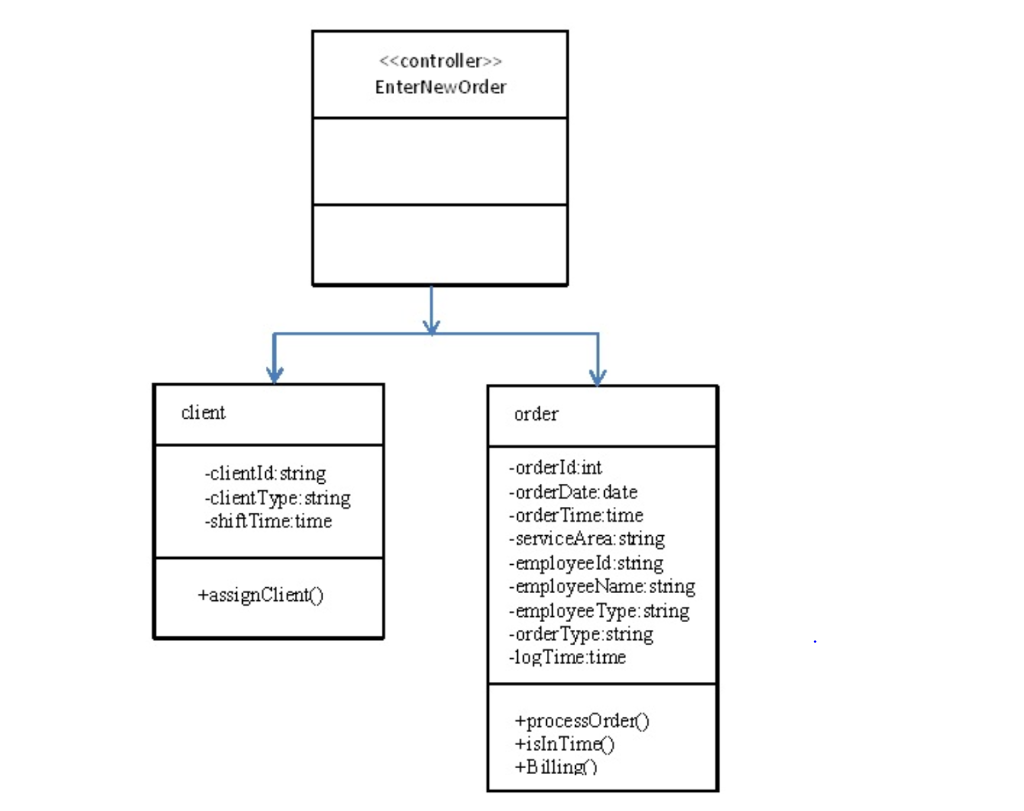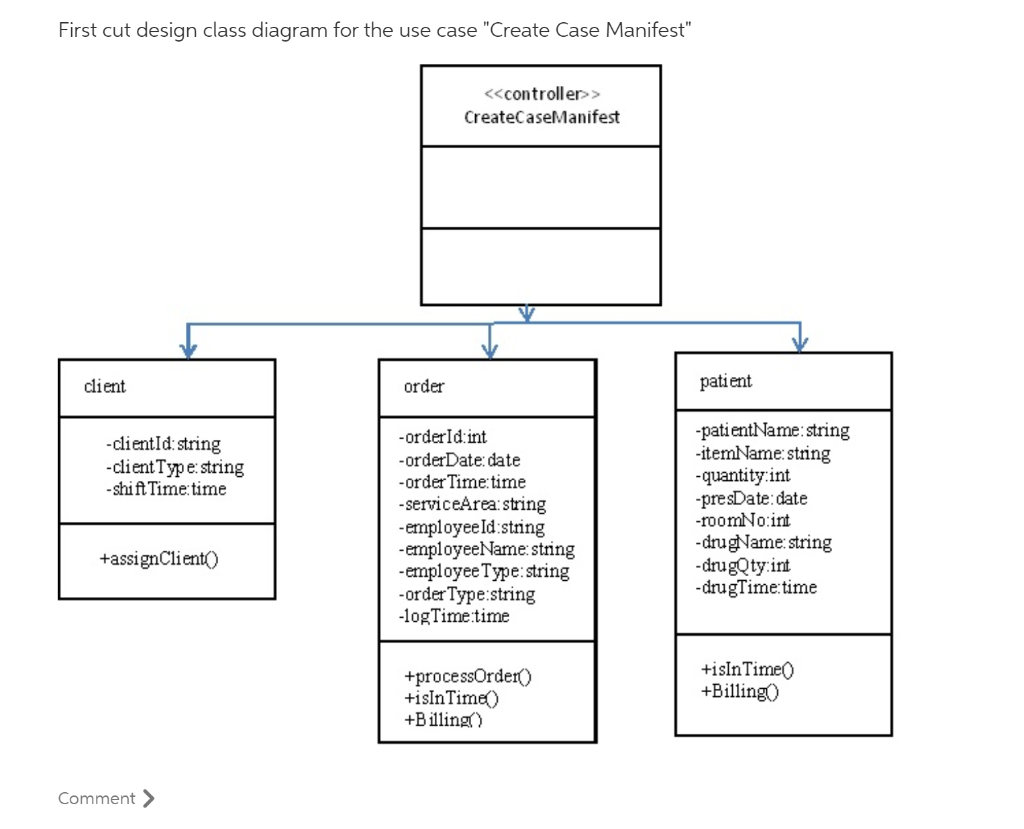Question
Prepare a First cut Design Class Diagram for any two of the following use cases ?Enter New Order?, ?Create Case Manifest? and ?Record Order Fulfillment?.
Prepare a First cut Design Class Diagram for any two of the following use cases ?Enter New Order?, ?Create Case Manifest? and ?Record Order Fulfillment?.
This must be based on the case study provided.
case study
ChemExec is a privately held pharmacy business, which began trading 40 years ago in Melbourne. It provides pharmacy services to health-care delivery organizations that are too small to have their own in-house pharmacy.
The company grew rapidly in its first decade, and by the late 1980s, its clients included two dozen nursing homes, three residential rehabilitation facilities, two small psychiatric units, and four small specialty medical hospitals.
ChemExec accepts pharmacy orders for patients in client facilities and delivers the orders in locked cases every 12 hours. In the Melbourne and Geelong service area, Reliable employs approximately 12 delivery personnel,
20 pharmacist?s assistants (PAs), 6 licensed pharmacists, and 10 office and clerical staff.
Another 15 employees work in the Wangaratta and Albury service areas. The management team includes another six people, mainly company owners
Personnel at each health-care facility submit patient prescription orders by telephone. Many prescriptions are standing orders, which are filled during every delivery cycle until specifically cancelled. Orders are logged into a computer as they are received.
At the start of each 12-hour shift, the computer generates case manifests for each floor or wing of each client facility.
A case manifest identifies each patient and the drugs he or she has been prescribed, including when and how often the drugs should be administered. The shift supervisor assigns the case manifests to pharmacists, who in turn assign tasks to PAs. Pharmacists supervise and coordinate the PAs? work
All drugs for a single patient are collected in one plastic drawer of a locking case. Each case is marked with the institution?s name, floor number, and wing number (if applicable). Each drawer is marked with the patient?s name and room number.
Dividers are inserted within a drawer to separate multiple prescriptions for the same patient. When all of the individual components of an order have been assembled, a pharmacist makes a final check of the contents, signs each page of the manifest, and places two copies of the manifest in the bottom of the case, one copy in a file cabinet in the assembly area, and the final copy in a mail basket for billing.
When all of the cases have been assembled, they are loaded onto a truck and delivered to the health-care facilities
Order entry, billing, and inventory management procedures are a hodgepodge of manual and computer-assisted methods. Currently, the company uses a combination of Excel spreadsheets, an Access database, and antiquated custom-developed billing software running on personal computers.
Pharmacy assistants use the custom-developed billing software to enter orders received by telephone and to produce case manifests. The system has become increasingly unwieldy as facility contracts and Medicare and Private Health Care fund reimbursement procedures have become more complex.
Some costs are billed to the healthcare facilities, some to insurance companies, some to Medicare and some directly to patients


Activity Diagram and Sequence Diagram
Prepare the activity and Sequence diagram diagram for ?Enter New Order?
client -clientId: string -client Type: string -shift Time time +assignClient() < > EnterNewOrder order -orderId int -orderDate: date -order Time time -serviceArea: string -employee Id:string -employeeName: string -employee Type: string -order Type:string -logTime time +processOrder() +isInTime() +Billing) First cut design class diagram for the use case "Create Case Manifest" client -clientId: string -client Type: string -shift Time time +assignClient() Comment > order < > CreateCaseManifest -orderId int -orderDate: date -order Time time -serviceArea: string -employeeId:string -employeeName: string -employee Type: string -order Type:string -logTime time +processOrder() +isInTime() +Billing) patient -patientName: string -itemName: string -quantity int -presDate: date -roomNo:int -drugName: string -drugQty:int -drugTime time +isInTime() +Billing)
Step by Step Solution
3.47 Rating (154 Votes )
There are 3 Steps involved in it
Step: 1
I would like to choose following cases to prepare First cu...
Get Instant Access to Expert-Tailored Solutions
See step-by-step solutions with expert insights and AI powered tools for academic success
Step: 2

Step: 3

Ace Your Homework with AI
Get the answers you need in no time with our AI-driven, step-by-step assistance
Get Started


